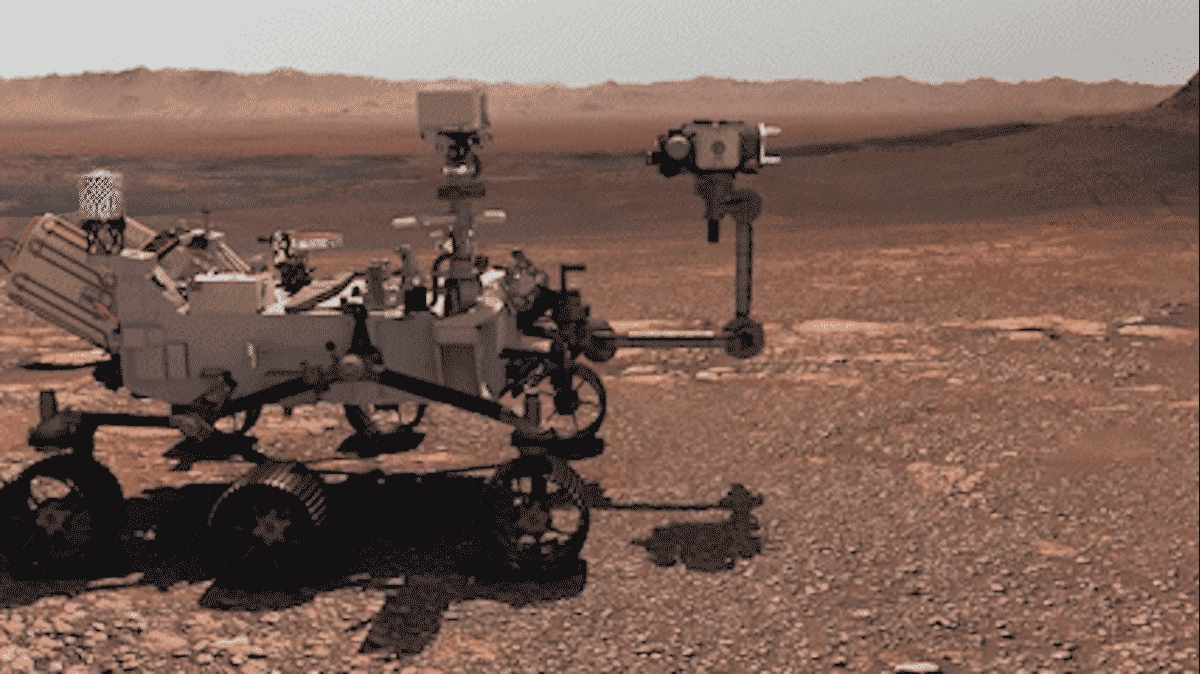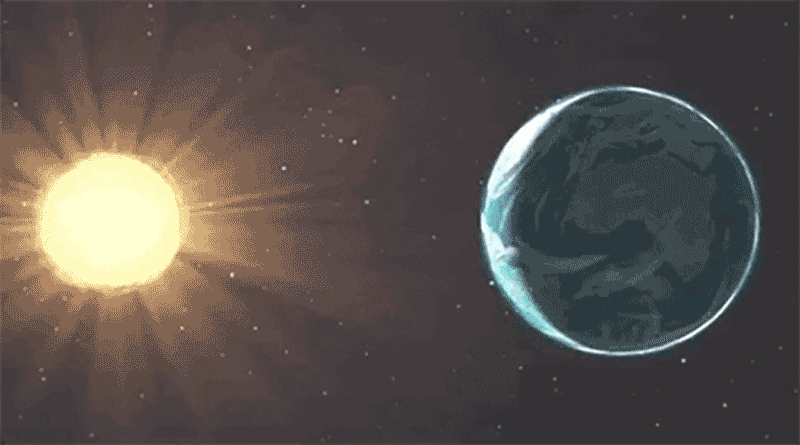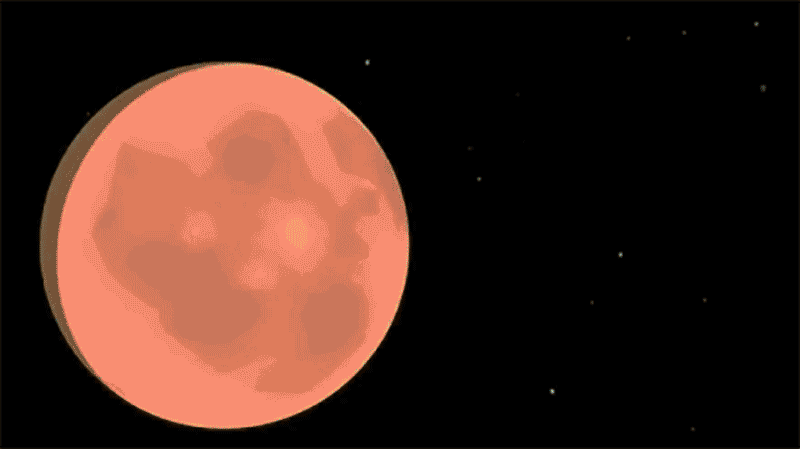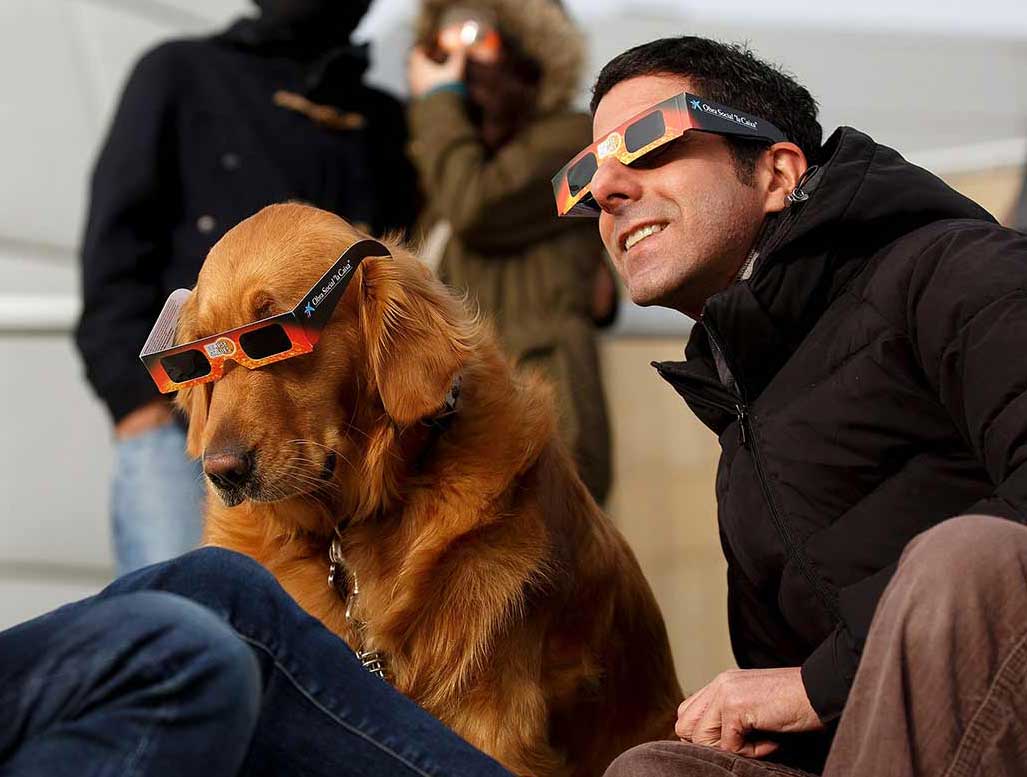A Moon’s Big Moment
NASA/JPL-Caltech/ASU/MSSS/SSI
There was a solar eclipse last month. Did you miss it? That could be because this eclipse was viewed from Mars!
The eclipse happened on April 2 when Phobos, one of Mars’s two moons, passed between the Sun and Mars. The event was captured on video by Perseverance, a rover (vehicle) that landed on the Red Planet in 2021. NASA sent Perseverance to Mars to look for signs that there was once life on the planet. But the rover’s fantastic camera makes it ideal for viewing an eclipse, too.
Perseverance captured video of Phobos as it passed in front of the Sun. Some people said that the tiny moon’s lumpy surface made it look a bit like a floating potato! Phobos is about 157 times smaller than Earth’s moon, so the eclipse lasted only about 40 seconds. (Solar eclipses on Earth last a few minutes.) But scientists were thrilled to see something that humans may never get to witness in person.
“I knew it was going to be good, but I didn’t expect it to be this amazing,” said Rachel Howson of Malin Space Science Systems in San Diego. Howson is one of the operators of Perseverance’s camera.
Phobos isn’t going to be around forever. Scientists say that gravity from Mars is pulling the small moon toward Mars. Every time Phobos orbits Mars, it gets closer to the planet’s surface. Eventually, Phobos will crash into Mars. But that won’t happen for tens of millions of years, scientists say.
It’ll be a while before the potato moon gets mashed. For now, it’s given us an amazing video.







